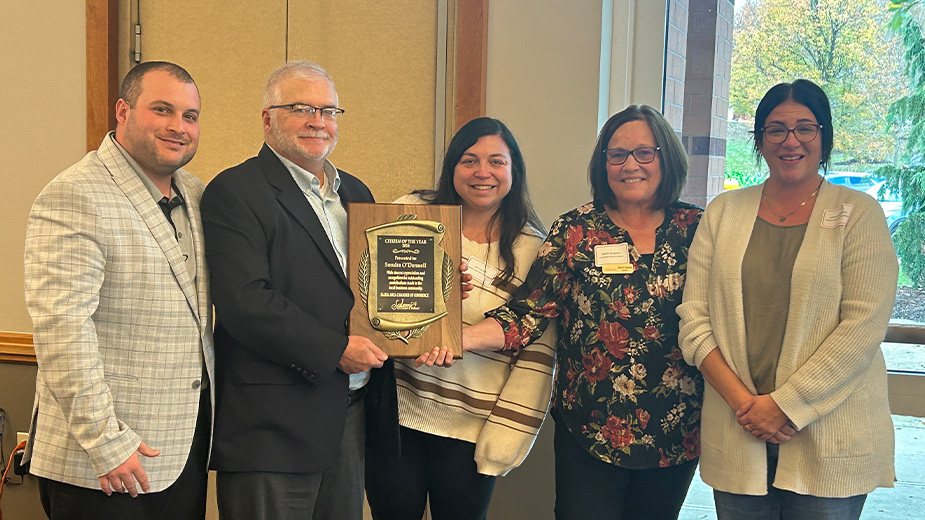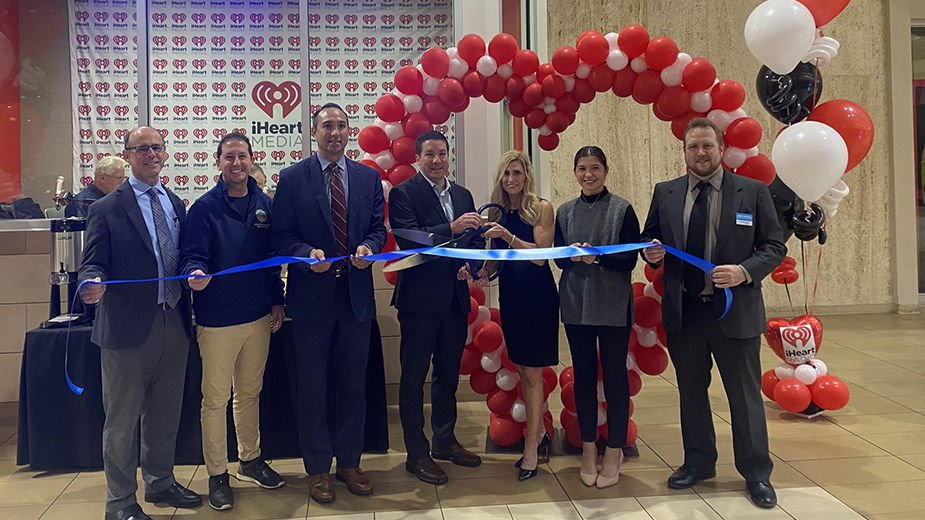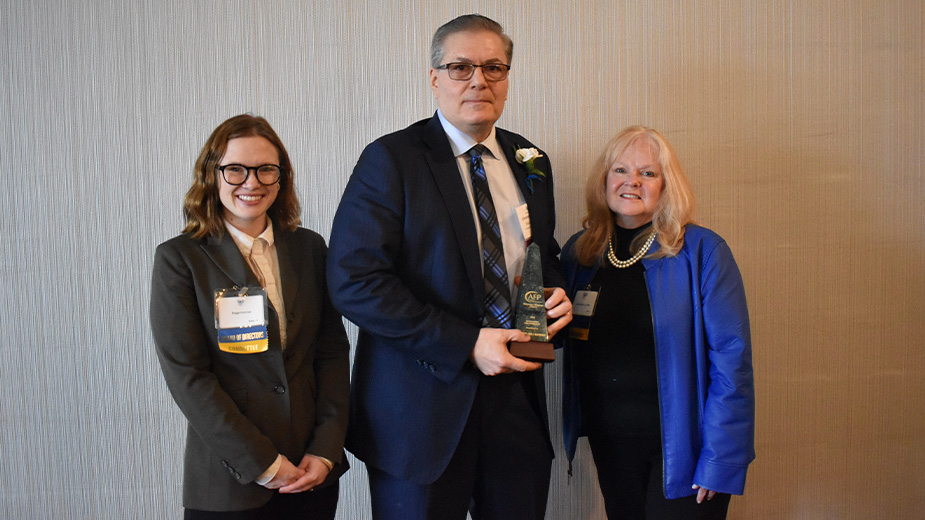US Automakers Focus on Tech at Detroit Auto Show
DETROIT – As more companies, both inside and outside the auto industry, look toward developing autonomous vehicles and innovative technologies, manufacturers at the North American International Auto Show showed off what they’ve developed.
For the three American nameplates with events on the first day of press conferences, all focused heavily on technology, albeit in varying ways. Chevrolet focused on electric power while Chrysler added technology during a rebranding of its minivan lines. Ford showed off new tools for customer service.
After unveiling the Cruze Hatchback last week, Chevrolet announced the Bolt EV Monday morning. First shown as a concept car at last year’s auto show, the entirely electric-powered Bolt will go on sale later this year and cost about $30,000 after federal incentives, General Motors CEO Mary Barra said.
With 288 power cells beneath the cabin, the Bolt has a range of 200 miles and a new fast charging system can within 30 minutes give it a 90-mile range. A full charge would take about nine hours, Mark Reuss, GM vice president of global product development, said. To charge the car, some buyers will also have to purchase a 240-volt home charging system. No price for the station has been announced.
The batteries, designed in cooperation with LG Chem in Seoul, South Korea, are four inches tall, allowing for more interior space, Reuss said.
“The Bolt EV is a car designed for people to use every day,” he stated. “To maximize interior space was a high priority. By integrating the battery into the floor, we created a flat, open cabin that accommodates up to five passengers.”
General Motors announced last week that it would invest $500 million in ride-sharing company Lyft. While no formal announcement has been made, some of the available options, for the Bolt seem to point toward integration with the company. Among the options are OnStar’s RemoteLink app and Bluetooth technology that allows users to check on navigation and the car’s charge from their phones.
Also among the new features for the entire brand is one-pedal driving it allows a driver to apply the brakes just by removing his foot from the accelerator. The brake pedal will still need to be used in quick-stopping situations, executives noted.
Chrysler introduced its 2017 Pacifica minivan with the intent of “market disruption,” said Tim Kuniskis, head of passenger car brands for Fiat Chrysler Automobiles North America.
“Change has been so dramatic that it changes the mental image of a product itself. When someone asks you the time, you look at your phone. When someone asks if you want to get a cup of coffee, you think Starbucks, not Folgers,” he remarked. “Just like these brands, we’re going to change the mental image when you hear the word ‘minivan.’ ”
Looking more like an SUV than a traditional minivan – including well-hidden rails for the sliding rear doors – the Pacifica features “significant and substantial change and innovation” with features such as hands-free doors and a rear lift gate, built-in vacuum, three-panel sunroof, 20-speaker surround sound and easy-tilt seats that allow passengers to get into the third row without having to remove car seats from the second.
A hybrid model of the van with a 530-mile range will also be available when both battery and engine are used. The battery alone provides about a 30-mile range, he added. The standard version of the Pacifica will go on sale this spring, with the hybrid arriving in showrooms later in the year.
Ford didn’t announce much in the way of new vehicles – the only vehicles shown were an updated F-150 Raptor and two new trims for the Fusion, including the Energi plug-in hybrid – opting to instead focus on customer service and autonomous vehicles.
The company will launch a new platform, Ford Pass, in April. The program has four aspects, CEO Mark Fields said at Joe Louis Arena: Ford hubs, a mobility marketplace, Ford guides and a rewards system.
“Traditionally, we’ve dedicated most of our energy and money to attracting new customers a year before they buy a vehicle. Then, we don’t engage until their next purchase,” he said. “That’s about to change.”
On the mobility front, users – both Ford owners and those who aren’t – will be able to find, and in some cases reserve, parking spaces with navigation directly to the spot. When the app launches, Ford will work with ParkWhiz, Parkopedia and FlightCar to provide that service.
The Ford Guides will provide turn-by-turn directions and other information to drivers, Fields said. Drivers can also earn rewards at 7-Eleven and McDonald’s by using the two services or by taking their vehicles in for regularly scheduled maintenance.
Finally, Ford will open four Ford Hubs around the world – in New York, San Francisco, London and Shanghai – to let customers interact with the technology Ford is working on.
Ford will also test a new lease-sharing program in Austin, Texas, later this year. The program will allow up to six people to lease one vehicle, with payments split among them. On other leases, Ford will offer a credit program where customers can get credits for unused miles on their leases, rolling them into the benefits on the next car they buy from Ford.
Ford will triple its development budget for autonomous vehicles, according to Raj Nair, vice president of product development. Currently, Ford does testing in California, Arizona and Michigan, where it recently began testing its driverless cars on snowy terrain.
Pictured: Chevrolet’s Bolt EV, an the entirely electric-powered vehicle that will go on sale later this year.
Copyright 2024 The Business Journal, Youngstown, Ohio.


